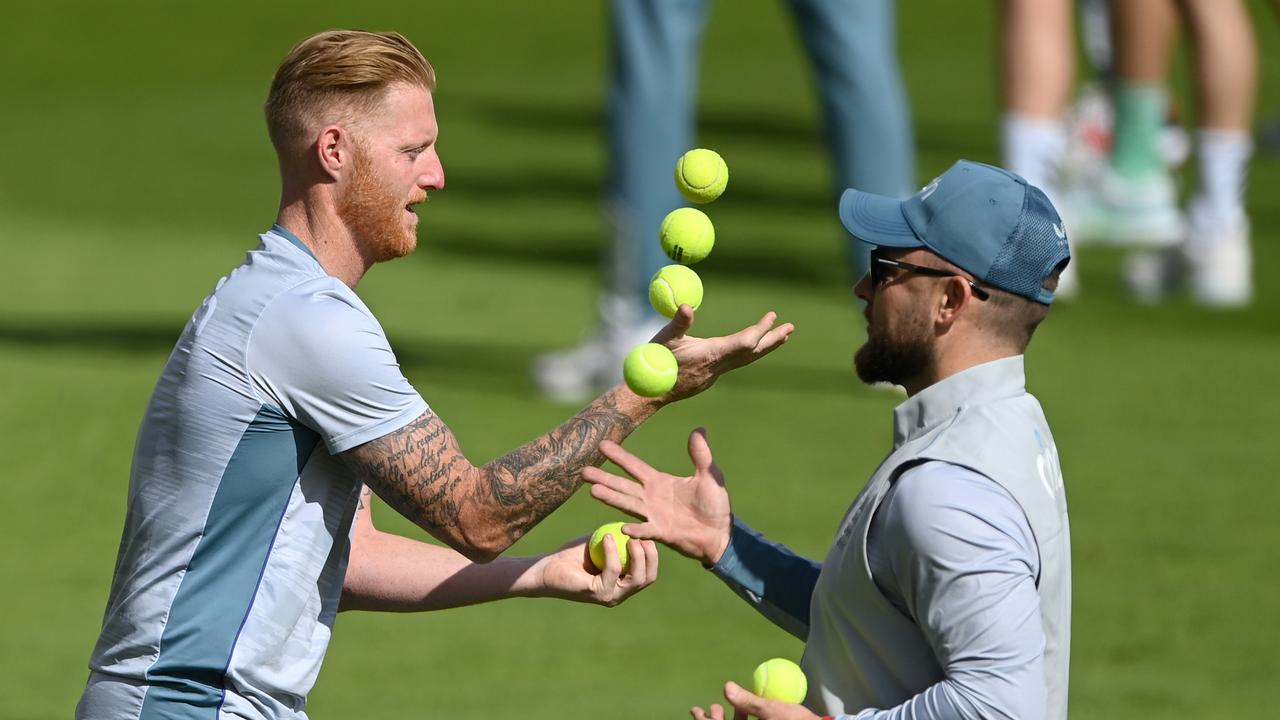Mike Atherton: The dangerous pitfalls that await teen IPL star Vaibhav Suryavanshi
Just 14 years old, Vaibhav Suryavanshi is the talk of the world after taking the IPL by storm. But history is littered with cautionary tales of teenage athletes thrown in deep end too soon.
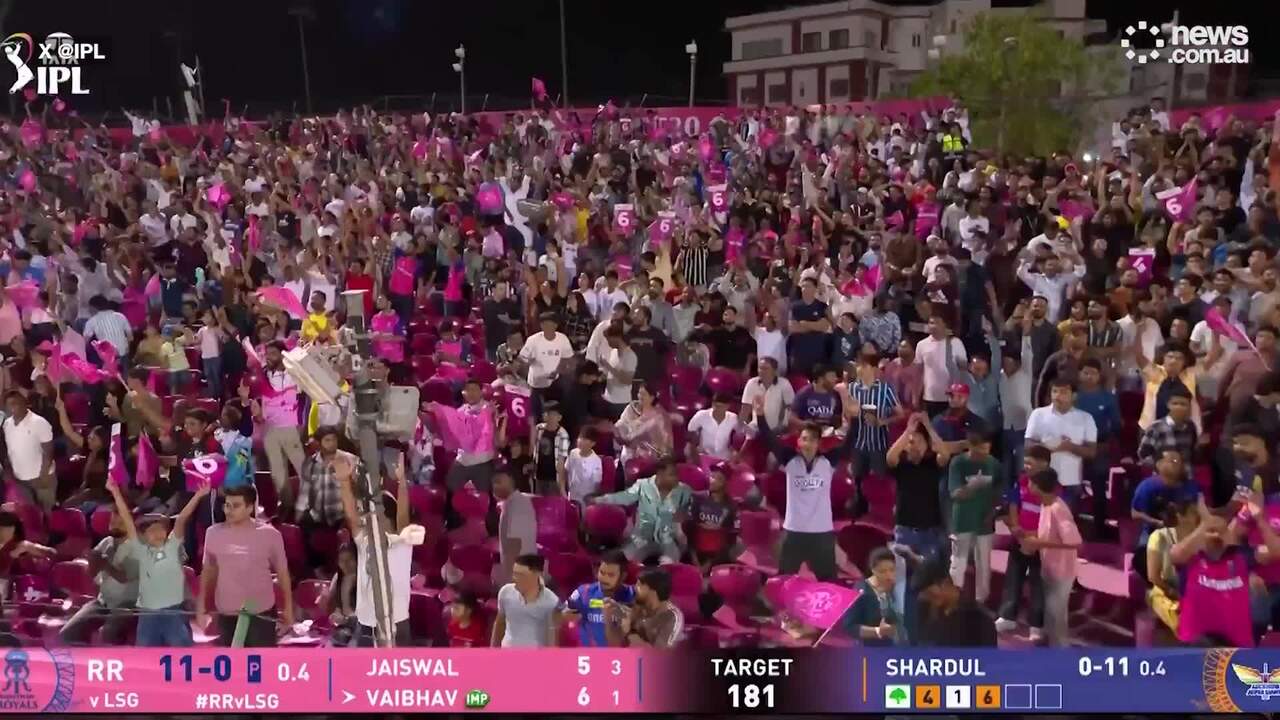
Cricket
Don't miss out on the headlines from Cricket. Followed categories will be added to My News.
Looking back at my teenage years, and an unhealthy obsession with cricket, the thought occurred that I was doing quite well at the time to be playing for England Schools’ under-19s when I was only 16 years old – two years ahead of my peers, in other words.
But it is not just scoring rates that have quickened in the time since: now comes the tale of a 14-year-old lighting up the Indian Premier League (IPL).
Vaibhav Suryavanshi was barely a teenager, only 13 years old, when he was picked up in the IPL mega auction last November for a little more than pounds 100,000 – the same auction in which 42-year-old Jimmy Anderson was overlooked. Had Anderson not missed out, it would have been quite something to see him bowling at a player who is younger than both his daughters – although it would have been queasy to watch Suryavanshi dish out some treatment.
There had been wild celebrations in Suryavanshi’s home city in the state of Bihar at the news of his original draft, so goodness knows what the reaction was like on Saturday evening, when, making his debut for Rajasthan Royals and becoming the youngest to play in the competition, he hit his first ball for a towering six. Cricketers in India carry the hopes of their communities and their arrival on the big stage offers possibilities for others to live the dream, too. His debut will have resonated far and wide.
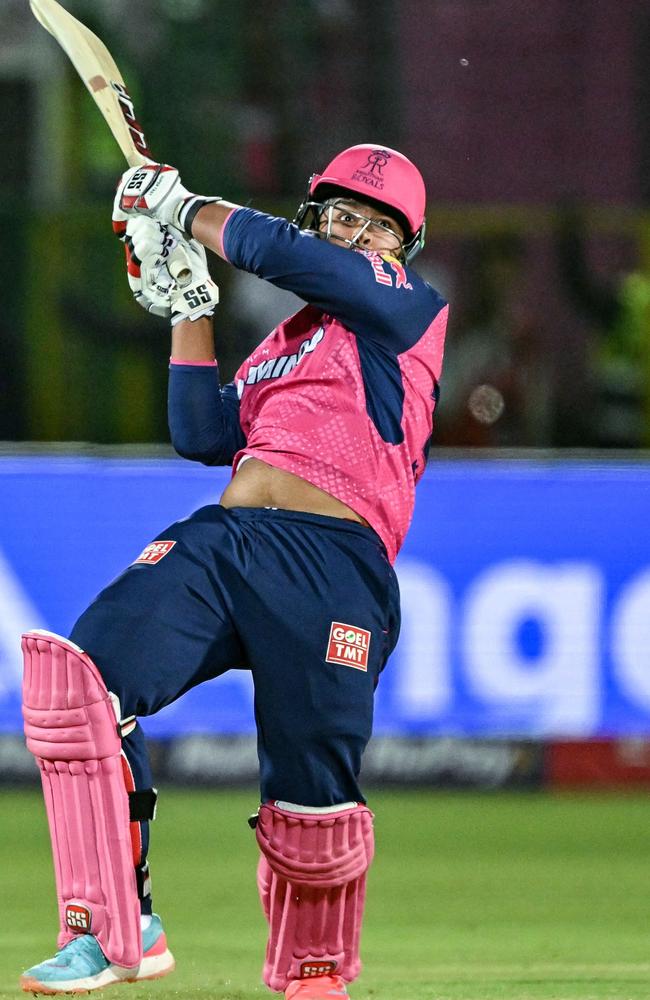
Stories of preternaturally gifted youngsters being given opportunity are as old as the hills in the subcontinent, though. The youngest first-class cricketer of all was Pakistan’s Alimuddin, who made his debut in pre-partition days, aged just 12, and Hasan Raza, from Pakistan, is Test cricket’s youngest at 14. Still, the hype and attention will land on Suryavanshi now, given the nature of the modern media and how febrile the news around the IPL can be.
On his debut for Rajasthan, Suryavanshi was drafted in to the top of the order as an impact substitute, and he certainly lived up to that billing. He stepped away and slotted his first ball over extra cover for six; slapped his third down the ground for six more – “child’s play!” noted the electronic scoreboard at this point – and swished and swatted his way to 34 off 20 balls before being stumped by Rishabh Pant.
The first-ball six was the kind of moment the IPL thrives on. It went viral of course, having garnered almost three million views on the platform X at the time of writing, but the broader theme fits the DNA of a competition that has democratised the game away from the traditional strongholds of Delhi, Mumbai, Calcutta and Chennai and provided opportunities in far-flung corners. Bihar is among the poorest states in India and has produced very few cricketers of note.
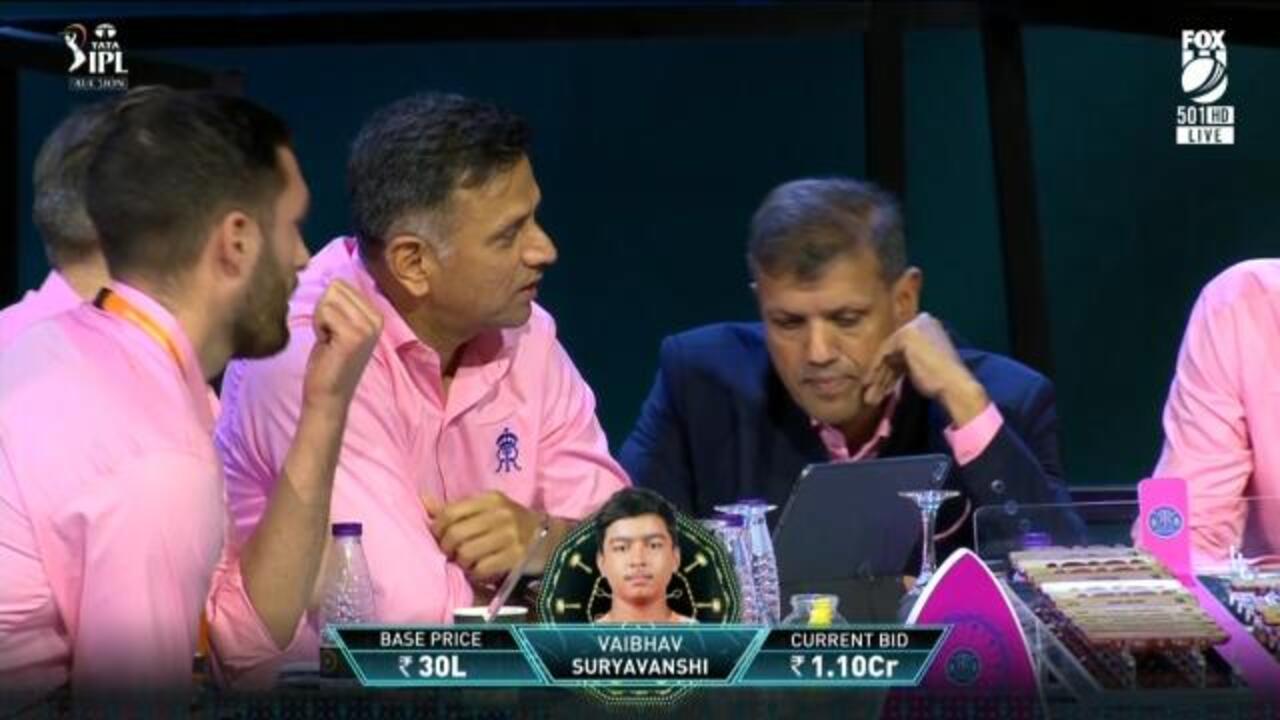
Suryavanshi opened with Yashasvi Jaiswal, who is the classic rags to riches poster boy. Jaiswal’s story, from living in a tent on the Azad Maidan to India stardom and IPL riches, has been well told. At 23, and one of the best young players in the world, his progress seems assured. But there are cautionary tales, in cricket and beyond, to offer a warning that the journey for Suryavanshi may not necessarily be a straightforward one from here.
For every Kylian Mbappe there is a Freddy Adu, who was hailed as the next Pele and who, while not exactly failing, drifted through football without really making his mark. For every Andre Agassi, pushed and drilled to stardom, there is a Todd Ley, the youngest athlete to be signed by the agency IMG, but whose memoir Smashed: Tennis prodigies, parents and parasites, details a dark descent into personal despair and hatred of the game. And for every Adu and Ley, there are those who do not even get that far.
The previous youngest in the IPL, 16-year-old Prayas Ray Barman, played one match for Royal Challengers Bangalore against Jonny Bairstow’s Sunrisers Hyderabad in March 2019. He conceded 56 runs off four overs and has not played again in the IPL. He now plays his cricket for Bengal in the Syed Mushtaq Ali Trophy, the feeder competition. The good news is that he sounds pretty well adjusted and at present is studying for a degree in Calcutta alongside playing.
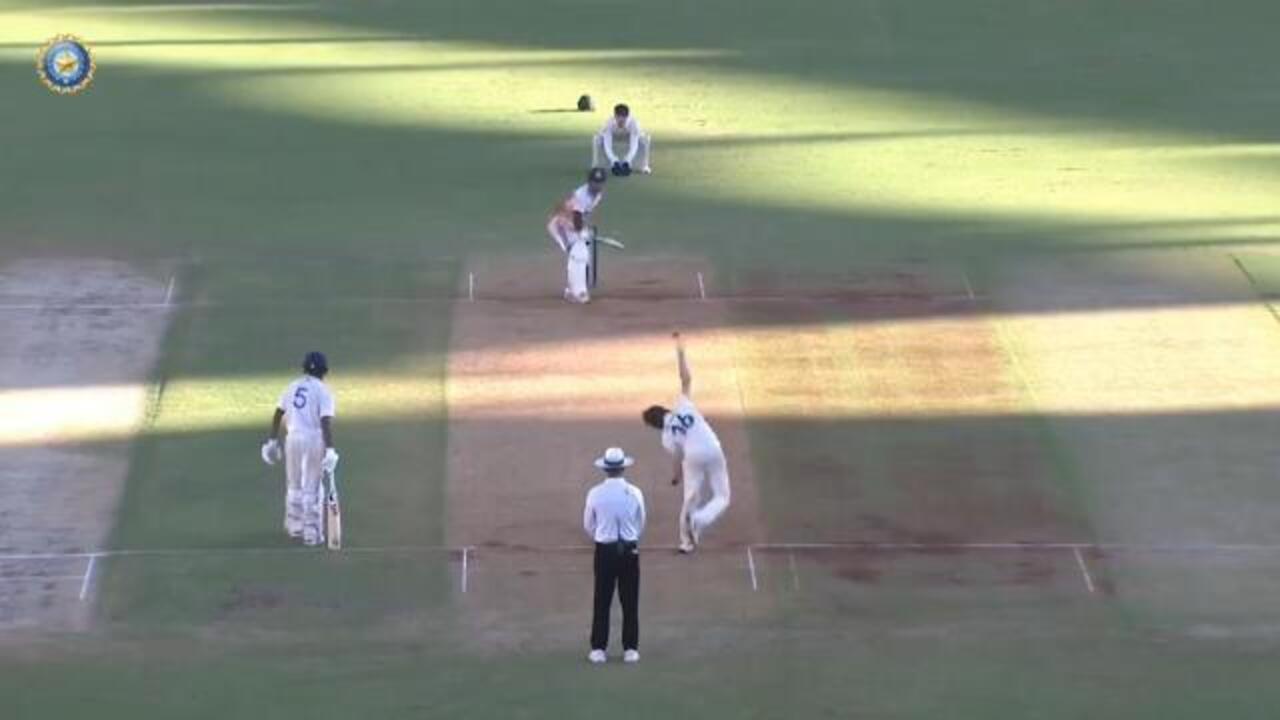
England’s youngest-ever first-class cricketer befell a similar fate. Barney Gibson’s delight at missing triple science probably knew no bounds when he was picked as a schoolboy aged 15 to play for Yorkshire against Durham University in 2011, in the days when university matches had first-class status. An adolescence filled with academy cricket at Yorkshire and football at Leeds proved eventually to be limiting (or overpowering), and Gibson subsequently said it was with a sense of relief that he stepped away from the game four years after making history.
So one wishes Suryavanshi well, but an accelerated adolescence – or indeed no adolescence at all – is not necessarily to be envied. For most of us, those teenage years are all about making mistakes – hopefully manageable ones – and learning from them. That is hard to do in the spotlight, with all the pressure and expectation and attention that will now descend.
Not that the flood of young talent will dry up in India. Cricket has a grip on the nation and, much like football in Brazil, the sport is seen as a vehicle for social mobility above all. The day after Suryavanshi made his debut, came another teenager, this time for Chennai Super Kings. Ayush Mhatre, 17, has been described as a “batting sensation” from Mumbai and has already chalked up scores of 150 in first-class and list A cricket. These kids will keep on coming.
More Coverage
Originally published as Mike Atherton: The dangerous pitfalls that await teen IPL star Vaibhav Suryavanshi



